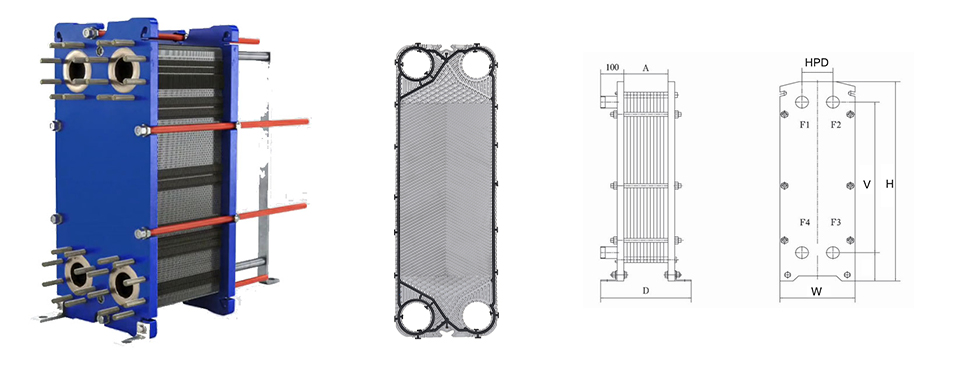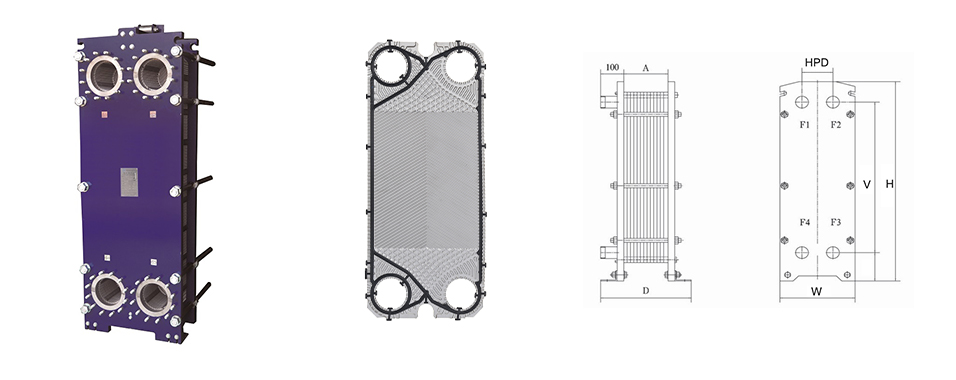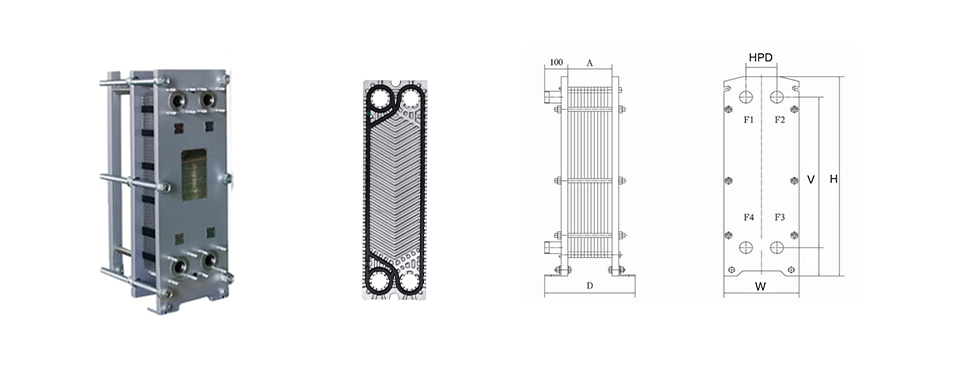Good Maintenance for Plate Heat Exchangers
Just like a car or a computer, plate heat exchangers need regular maintenance to keep running at peak performance. Fortunately, PHE’s are generally easier to maintain than other types of heat exchangers, and problems tend to be easier to diagnose.
In the absence of regularly scheduled maintenance, a PHE’s efficiency naturally declines. The simple reason for this is plate fouling – as matter builds up in the grooves of a plate, the heat transfer capacity of that plate diminishes (because the fouling is less thermally conductive than the plate itself). The more scaling there is on a plate, the faster it continues to foul, so it’s important to catch the issue early to avoid extended downtime and excessive maintenance costs.
While less likely, other parts of a PHE can fail as well. It’s important to visually inspect the gaskets, frame and bars whenever you open up the heat exchanger for any kind of maintenance. A habit of cursory visual examinations can save a lot of time and money in the long run.








